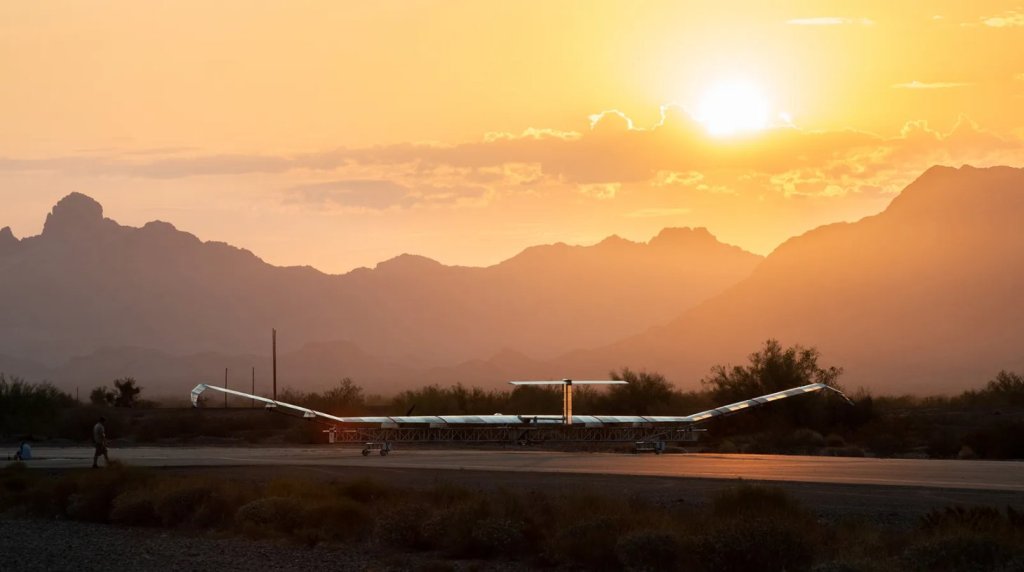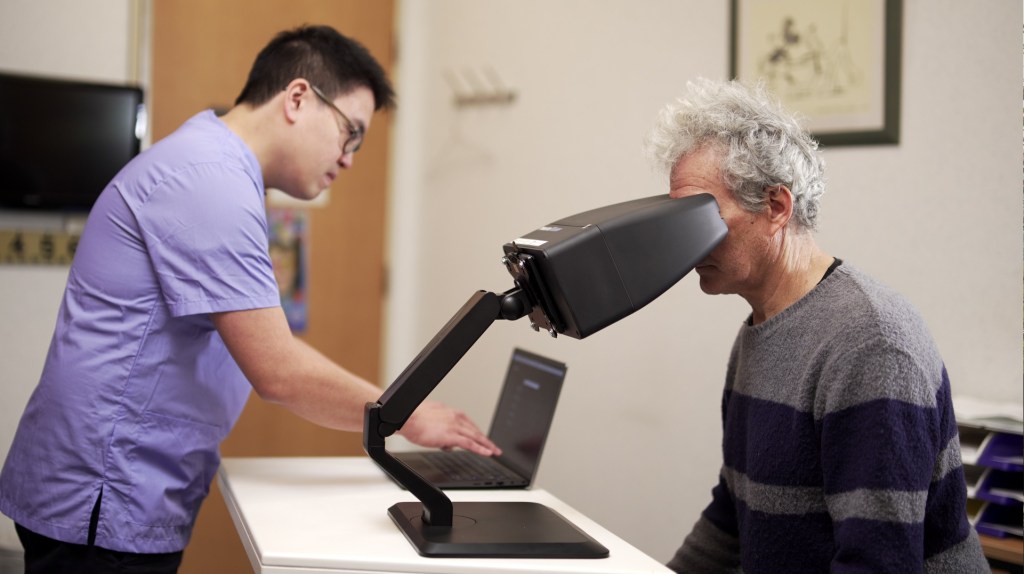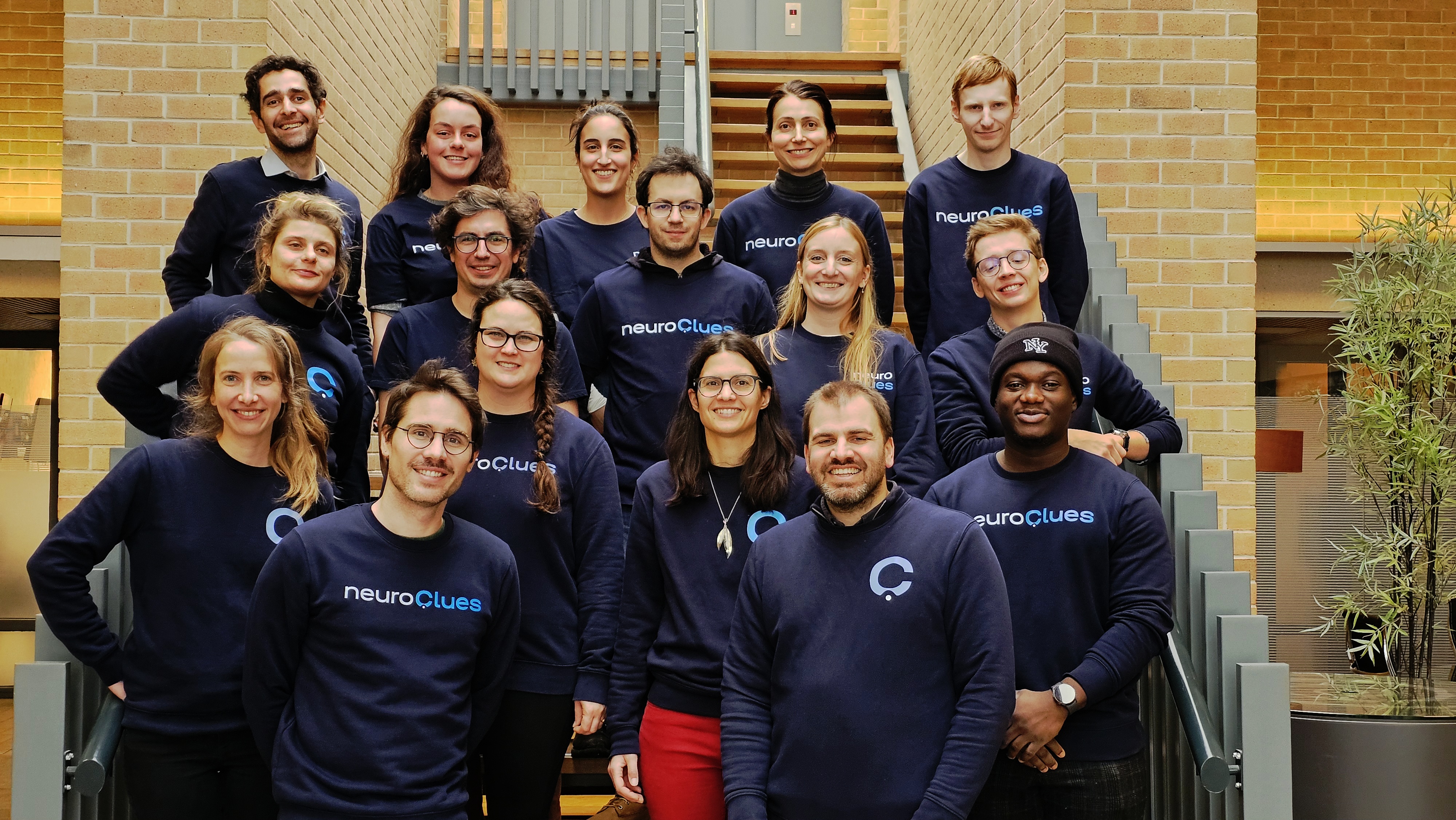Trending News
16 October, 2024
6.28°C New York

New numbers out of Crunchbase this week see robotics investments once again trending in a positive direction. The previous two years presented a steady drop in overall numbers, following a record 2021 driven by pandemic-fueled job loss. As we head into the second half of the year, 2024 is on track to beat last year’s numbers.
The first six months of the year have seen $4.2 billion invested in the category, putting this year well on track to beat 2023’s 12-month total of $6.8 billion. The number is still well shy of the COVID peak of 2021, which brought in $17.7 billion, and even 2022’s $10.3 billion.
This does, however, signal recovery from the one-two punch of economic headwinds and post-pandemic reopenings, which brought the industry crashing back down to Earth.
The white-hot humanoids category continued to gain steam. Figure led the way there with a massive $675 million Series B. That raise alone moved the needle a bit. The other notable humanoid investment arrived by way of 1X. The Norwegian firm, which counts OpenAI as an early backer, brought in a healthy $100 million.
Medical robots have been having a good year, thanks to big rounds from MMI and Rono Surgical, but once again, labor replacement is the biggest driver, as spaces like warehouses and factories look to automate jobs they’re having difficulty filling.
Those demands aren’t going away anytime soon, while continued investment excitement around all things AI is likely to further bolster robotic startup growth. Unfortunately, it may take another pandemic to see things reach 2021 levels.

New numbers out of Crunchbase this week see robotics investments once again trending in a positive direction. The previous two years presented a steady drop in overall numbers, following a record 2021 driven by pandemic-fueled job loss. As we head into the second half of the year, 2024 is on track to beat last year’s numbers.
The first six months of the year have seen $4.2 billion invested in the category, putting this year well on track to beat 2023’s 12-month total of $6.8 billion. The number is still well shy of the COVID peak of 2021, which brought in $17.7 billion, and even 2022’s $10.3 billion.
This does, however, signal recovery from the one-two punch of economic headwinds and post-pandemic reopenings, which brought the industry crashing back down to Earth.
The white-hot humanoids category continued to gain steam. Figure led the way there with a massive $675 million Series B. That raise alone moved the needle a bit. The other notable humanoid investment arrived by way of 1X. The Norwegian firm, which counts OpenAI as an early backer, brought in a healthy $100 million.
Medical robots have been having a good year, thanks to big rounds from MMI and Rono Surgical, but once again, labor replacement is the biggest driver, as spaces like warehouses and factories look to automate jobs they’re having difficulty filling.
Those demands aren’t going away anytime soon, while continued investment excitement around all things AI is likely to further bolster robotic startup growth. Unfortunately, it may take another pandemic to see things reach 2021 levels.

Solar panels practically sold themselves in Europe after Russia’s invasion of Ukraine sent electricity prices skyrocketing. Now, as prices have begun to fall, solar installers have found themselves spending more on marketing to attract customers.
One proven way to win more business has been to offer financing. But small operations usually don’t have the resources to underwrite new installations, which cost tens of thousands of euros each, forcing customers to head to the bank. Problem is, many customers switch installers “because on the way to the bank, they get contacted by five other providers,” Jodok Betschart, co-founder and co-CEO of Cloover, told TechCrunch.
To Betschart and his co-founders, Peder Broms and Valentin Gönczy, the answer wasn’t just better project-bidding software, but the addition of financing to help small installers provide loans themselves. “In one conversation, installers get a real-time underwriting and credit decision,” Betschart said.
Their startup, Europe-based Cloover, has developed software that ingests customer data to assess not only their ability to repay a loan, but also how much money they spend on energy. In many cases, a monthly payment for solar panels will be less than what someone pays for their electric bill.
“But a bank doesn’t really integrate these energy savings into their models,” Betschart said. “Many times, we can enable financing where a normal bank said they cannot do it.”
To underwrite those loans, Cloover recently raised $108.5 million in debt alongside a $5.5 million seed round led by Lowercarbon Capital with participation from 9900 Capital and QED’s Fontes, the company exclusively told TechCrunch. The startup will own the loans in a special-purpose vehicle that’s financed through senior debt providers, and it will cover a small portion of them via equity, Betschart said.
The company charges installers a transaction fee for each loan they originate, and it also claims a percentage of each loan payment. When Cloover rolls out software later this year to allow homeowners to use their batteries to sell electrons to the grid, it’ll also take a cut.
Cloover will use the funding to hire sales and customer success teams to train installers on how to use financing for energy upgrades, Betschart said. Today, the company is working with about 200 installers, though he added that there are thousands more who might be able to use its service.
Giving small installers access to financing should help speed the adoption of climate-friendly technologies, Betschart said.
“Eighty-five percent of all the renewable energy installations of solar energy storage, heat pumps, energy management systems, and so on, they’re done through local and SMB installers,” he said. Big companies already have sophisticated platforms to assess customers’ financial capacities, he added. “The only way to achieve the energy transition is by offering exactly the same optionality to SMB installers.”

In the beginning of 2021, Alphabet shuttered Loon. It was a familiar story within the annals of Google X history: an ambitious moonshot with tremendous upside that sputtered out prior to gaining any sort of meaningful traction after nearly a decade.
“Despite Loon’s extraordinary technical progress,” X explains with a tinge of melancholy on the former project’s page, “the path to commercial viability proved much longer and riskier than hoped, so in 2021 Loon’s journey came to an end.”
The project utilized weather balloons to deliver high-speed internet to spots that lack infrastructure such as Sub-Saharan Africa. Loon drummed up a good bit of interest and saw use in the wake of natural disasters like the hurricane that devastated Puerto Rico back in 2017.
Some of Loon’s fundamental technologies live on in other Alphabet project. Its spirit, meanwhile, is maintained by Airbus through AALTO. Where Loon relied on balloons, however, the newer project utilizes Zephyr solar-powered drones.
“[Loon] got really good customer engagement,” AALTO CEO Samer Halawi told TechCrunch in a sit-down interview last week at Mobile World Congress. “They got people signing up for the service very quickly. What happened, though was balloons move around. What they did to overcome this was use multiple balloons and they relayed a signal from one to the other. They ended up having to use eight times the balloons in order to cover the same area.”
AALTO relies on fixed-winged drones, which are — at the very least — more predictable in their movements than weather balloons. Airbus acquired the technology for the fixed-wing drones from U.K. Ministry of Defence and Space spinoff QinetiQ in 2013.
The Zephyrs take off from a circular runway, ascending in an ever-widening spiral. The drones reach the stratosphere at a height of more than 60,000 feet. This keeps them above commercial aircraft, as well as weather phenomenon that can impede solar coverage. As it turns out, the airspace also isn’t regulated to nearly the same degree as those below it.
Per AALTO’s figures, each drone can account for up to 7,500-square-kilometers of ground surface — or the equivalent of up to 250 cell towers. Once airborne, the system can operate for months on solar power alone. Every six months or so, the system will land for a battery swap, as these still have a limited shelf life.
AALTO’s go to market includes deals with carriers, as well as government agencies. Like Loon before it, the company is also exploring temporary deployment for downed cell towers following natural disasters.


The eyes aren’t just a window into the soul; tracking saccades can help doctors pick up a range of brain health issues. That’s why French-Belgian medtech startup neuroClues is building accessible, high-speed eye-tracking technology that incorporates AI-driven analysis. It wants to make it easier for healthcare service providers to use eye tracking to support the diagnosis of neurodegenerative conditions.
The company is starting with a focus on Parkinson’s disease, which already typically incorporates a test of a patient’s eye movement. Today, a doctor asks a patient to “follow my finger,” but neuroClues wants clinicians to use its proprietary, portable headsets to instead capture eye movements at 800 frames per second, after which they can run an analysis of the data in just a few seconds.
The three-and-half-year-old outfit’s founders — two of whom are neuroscience researchers — point to high rates of misdiagnosis of Parkinson’s as one of the factors informing their decision to focus on the disease first. But their ambitions do pan wider. They paint a picture of the future in which their device becomes a “stethoscope for the brain.” Imagine, for example, if your annual trip to the optician could pack in a quick scan of brain health, and compare you against standard benchmarks for your age. According to the startup, which says it aims to help 10 million patients by 2032, eye tracking protocols could also help test for other diseases and conditions, including concussion, Alzheimer’s, multiple sclerosis and stroke.
The startup is in the process of filing an application for FDA approval and hoping to gain clearance for use of its device as a clinical support tool in the U.S. later this year. It is working on the same type of application in the European Union and anticipates gaining regulatory approval in the EU in 2025.
So how does the device work? The patient looks through the headset and sees a screen where dots appear. A clinician will then tell them to follow the dots with their eyes, after which the device extracts data that can be used as disease biomarkers by recording and analyzing their eye movements, measuring things like latency and error rate. It also provides the clinician with a standard value expected from a healthy population to compare with the patient’s results.
“The first scientific paper that is using eye tracking to diagnose patients is 1905,” neuroClues co-founder and CEO Antoine Pouppez told TechCrunch in an exclusive interview, noting the technique was initially used for diagnosing schizophrenia. In the 1960s, when video eye trackers arrived, there was a boom in research into the technique for tracking neurological disorders. But decades of research into the usefulness of eye tracking as a diagnostic technique has not translated into widespread clinical uptake because the tech wasn’t there yet and/or was too expensive, said Pouppez.
“That’s where this technology comes from: The frustration of my co-founders to see that eye tracking has a lot of value — that’s been demonstrated in research that has been clinically proven on thousands of patients in research setups — and it’s still not used in clinical practice,” he said. “Doctors today use their fingers — and literally say ‘follow my finger’ — whereas an eye is moving at 600 degrees per second. You’re doing three eye movements per second. And so it’s very, very difficult — close to impossible — to evaluate how well you’re moving around [by human eye alone].”
Others have similarly spotted the potential to do more with eye tracking as a diagnostic aid.
U.S.-based Neurosync, for example, offers a VR headset combined with FDA-cleared eye-tracking software it says can analyze the wearer’s eye movements “as an aid to concussion diagnosis.” The product is geared toward football players and athletes in other contact sports who face elevated risk of head injury.
There are also mobile app makers — such as BrainEye — pitching consumers on smartphone-based eye-tracking tech for self-testing “brain health.” (Such claims are not evaluated by medical device regulators, however.)
But neuroClues stands out in a variety of ways. First, it says its headset can be located in a regular clinician’s office, without the need for a dark room setup or specialist computing hardware. Second, it’s not using off-the-shelf hardware but is instead developing dedicated eye-tracking headsets for eye testing designed to record at high speed and control the recording environment. The outfit’s founders further argue that by building its own hardware and software, neuroClues enjoys unrivaled speed of data capture in a commercially deployed, non-static device.
To protect these ostensible advantages, neuroClues has a number of patents granted (or filed) that it says cover various aspects of the design, such as the synchronization of the hardware and software, and its approach to analyzing data.
“We are the only one on the market today that is recording 800 frames per second on a portable device,” said Pouppez, noting that the research “gold standard” is 1,000 frames per second. “There is no clinical or non-clinical product that is doing it at that frame rate, which meant that we had to lift barriers that no one had lifted before.”

neuroClues, which was incubated in the Paris Brain Institute, expects the first eye-tracking headsets to be deployed in specialist settings such as university hospitals, so for use on patients who have already been referred to consultants. It notes the service will be reimbursable via existing health insurance codes as eye-tracking tests are an established medical intervention. The company says it’s also talking to a number of other outfits in the U.S. and Europe that are interested in its hardware and software.
This first version of the device is designed as a diagnostic aid, meaning a clinician is still responsible for interpreting the results. But Pouppez said the team’s goal is to evolve the technology to serve up interpretations of the data, too, so the device can be deployed more broadly.
“Our goal is quickly to move down to bring that diagnostics capabilities to practitioners,” he told us. “We hope to be on the market with such a device in ’26/’27. And so to broaden up our market perspectives and really be in [the toolbox of] every neurologist in the U.S. and in Europe.”
The startup is announcing the close of a €5 million pre-Series A round of funding, led by White Fund and the European Commission’s EIC Accelerator program. Existing investors Invest.BW, plus a number of business angels, including Fiona du Monceau, former Chair of the Board at UCB, Artwall, and Olivier Legrain, CEO of IBA, also participated. Including this round, neuroClues has raised a total of €12 million since being founded back in 2020.
Pouppez said it will be looking to raise a Series A in the next 12 to 18 months. “Our existing investors and the European Commission have already shown interest in participating, so basically i’m looking for a lead investor,” he added.